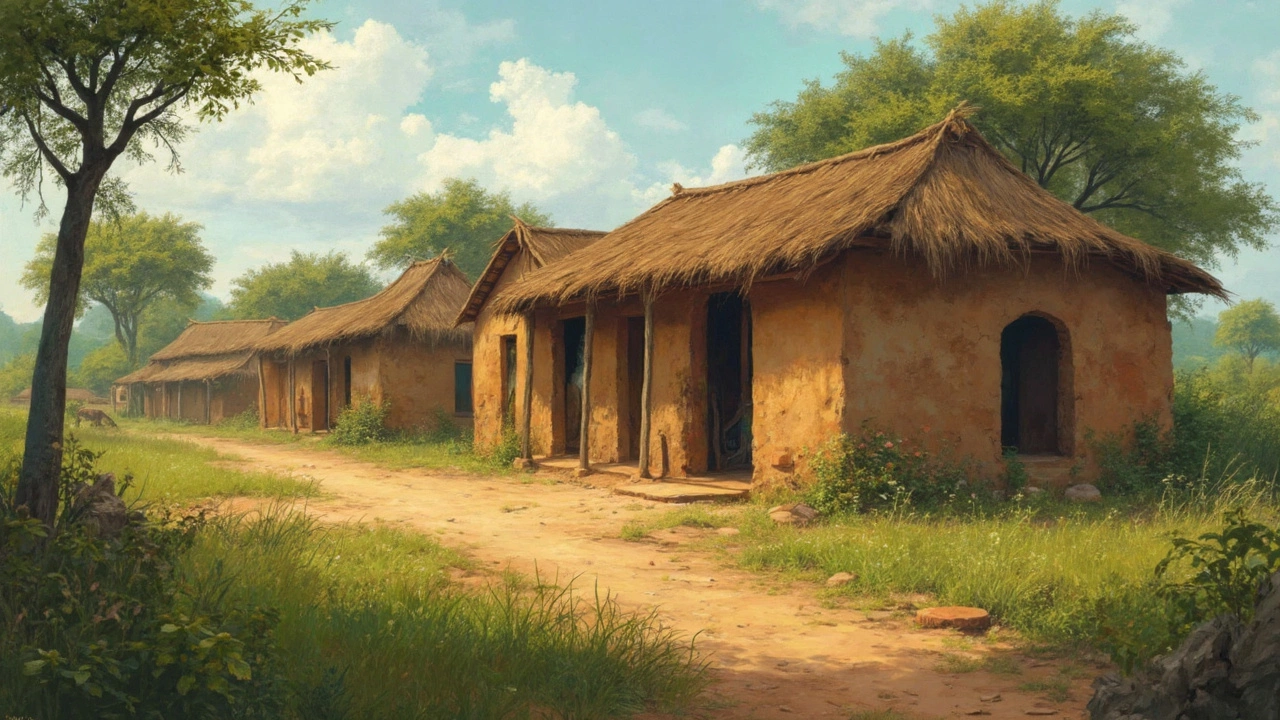Old Houses: Practical Furniture Tips for Vintage Homes
If you live in an old house, you probably love the character it brings – high ceilings, crown moulding, maybe even a fireplace. But figuring out what furniture fits that vibe can feel confusing. You don’t want a modern sofa that looks out of place, and you also don’t want to buy a piece that will damage old flooring. Below are simple, down‑to‑earth ideas that let you keep the charm while staying comfortable.
Choosing the Right Sofa for an Old House
First, think about the sofa’s shape. Classic draped sofas or low‑back Chesterfields blend well with period details. Look for solid wood frames – they’re sturdy and less likely to sag over years, something the "Sofas That Don’t Sag" article stresses. A fabric like linen or a muted velvet works great; it feels timeless and hides minor wear.
Measure doorways and hallways before you buy. Old houses often have narrow stairwells, and a bulky couch can become a moving nightmare. A good rule of thumb is to add an extra 2‑3 inches to each measurement for clearance. If you’re unsure, opt for a modular section that can be assembled in the room.
Color matters too. The "Most Popular Couch Colors" post notes that neutral tones – taupe, soft grey, muted green – are safe bets. They complement wood floors and painted walls without clashing. If you love a pop of colour, consider adding cushions or a throw rather than painting the whole sofa.
Smart Storage & Care for Classic Pieces
Old houses can have limited storage, especially if you’re working with narrow closets. Use furniture that doubles as storage – think coffee tables with drawers or lift‑top designs. The "Coffee Table Care" guide suggests placing a protective pad underneath to stop scratches on hardwood floors.
When it comes to protecting your sofa, a cover can be a lifesaver. The "Why People Cover Their Couches" article explains that a simple slipcover shields against pet hair, spills, and sunlight. Choose a breathable fabric to avoid trapping moisture, which can lead to mold – a problem highlighted in the "Easy Ways to Stop Mold from Growing in Storage Spaces" post.
If you need to store a piece temporarily, wrap it in moving blankets and keep it upright in a climate‑controlled space. Avoid basements that are damp; moisture is the biggest enemy of wood and upholstery. A dehumidifier can keep the air dry and prevent warping.
Finally, don’t overlook the importance of layout. The "Should You Put a Rug Under Your Coffee Table?" piece shows that a well‑placed rug can protect floors and define a cozy area. Pick a rug that’s at least 24 inches larger than the coffee table on each side for a balanced look.
By focusing on timeless shapes, solid construction, and thoughtful storage, you can outfit an old house with furniture that feels right at home. These tips keep the historic feel alive while giving you the comfort and practicality you need day‑to‑day.
Why Old Houses Had Outdoor Toilets: A Peek into the Past
Discover why old homes often featured outdoor toilets and explore the reasons behind this curious design choice. We'll delve into the historical context, practicalities of the time, and how these designs influenced modern plumbing. Plus, find out how vintage wardrobes could tie into this intriguing history. Join us for a fascinating look into the past.





